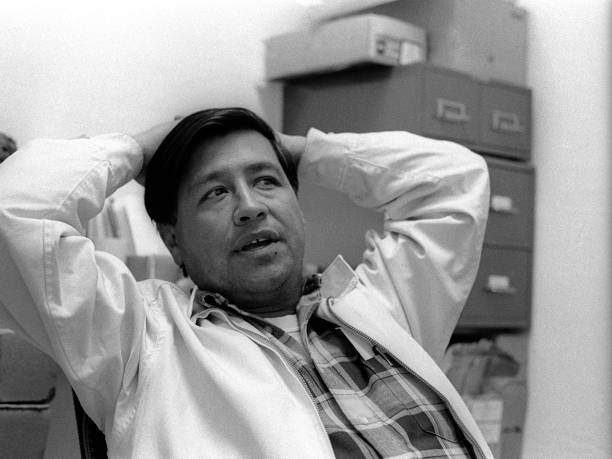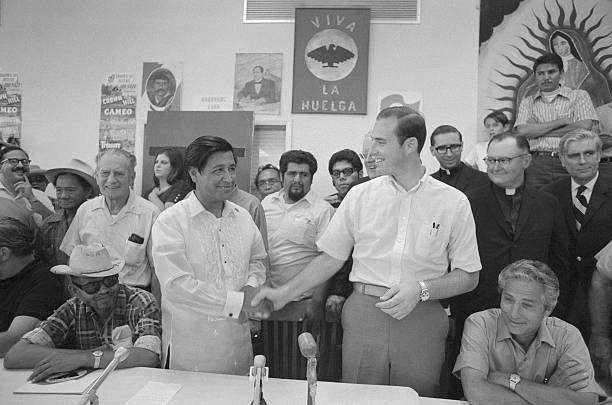I think this video demonstrates a good view of how the farm owners would deal with the strikers.
Solution
In 1967, around the United States there were boycotts going on similar to the Delano Grape Strike. The United Farm Worker supporters were boycotting farms in Oregon at cities such as Salem, Eugene, and Portland. There was a strike in Texas, after which the United Farm Workers became the first union to sign a contract in the state Texas. Strikes continued across the nation in states such as Massachusetts, Florida, Ohio, Oklahoma, and New Jersey. The mayors of Philadelphia, New York, Detroit, and Baltimore declared their support to grape boycotts.
In 1969, contributions for the farm workers had drastically increased in the U.S. The grape boycotts eventually spread to the south, and began to remove non-union grapes along with Cesar Chavez going to the east coast asking for support from labor groups. Since 1968, the United Farm Workers had signed with 10 different grape growers, but strikes and boycotts kept going. The strikes and boycotts finally ceased in 1970 after signing contracts with 26 different grape growers.

"Cesar Chavez April, 1970. A few months before the strike ended."

"Cesar Chavez and John Giumarra shaking hands ending the 5 year strike."
After five long years of boycotting and non-violent protests the Delano Grape Strike came to an end. The growers signed a contract that helped the grape workers. They got a pay raise, health care benefits, safety protections, and better working conditions. Cesar Chavez and Larry Itliong sacrificed a lot for the farm workers and got what they deserved. Over the years the United Farm Workers continued helping farm workers around the United States using non-violent strikes, marches, and boycotts.
Legacy ->